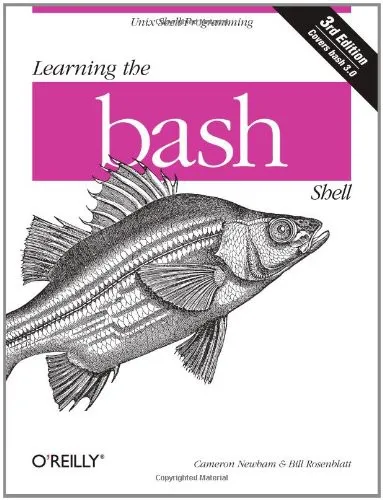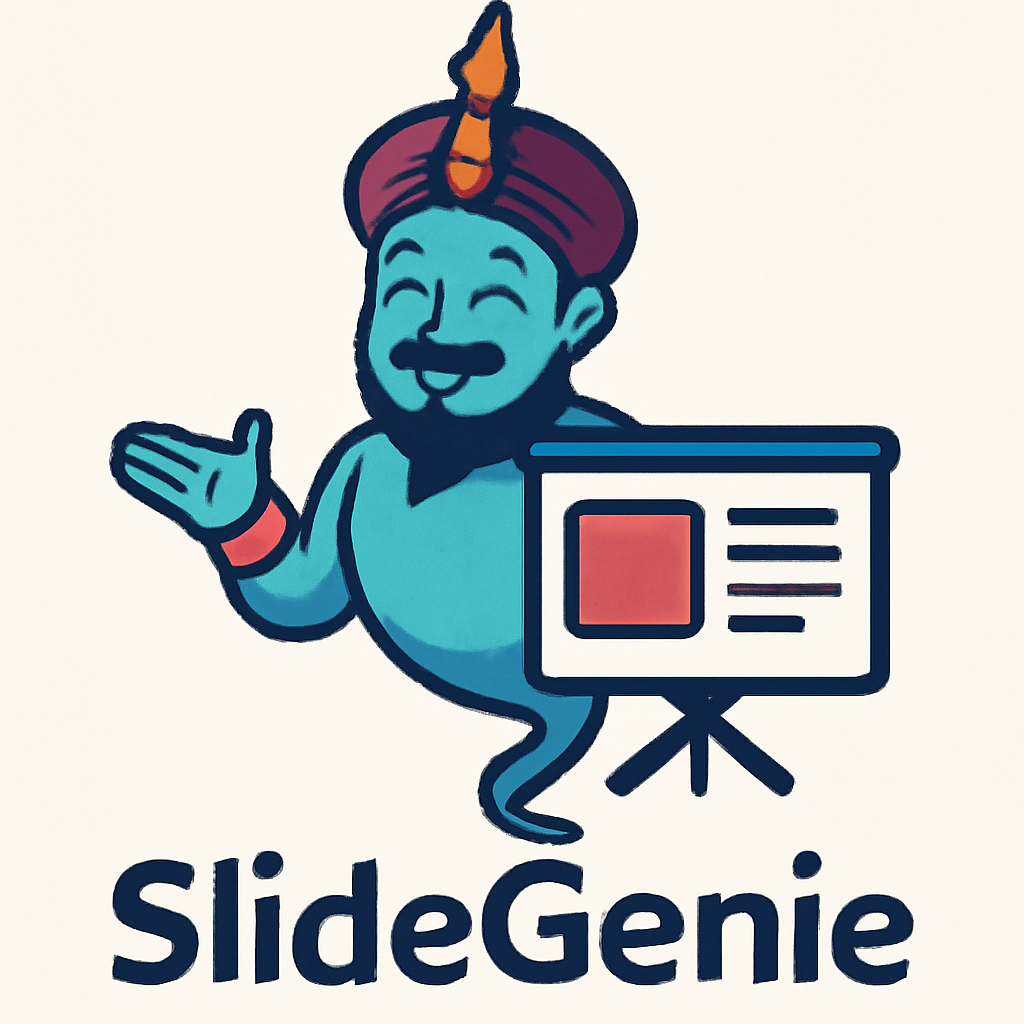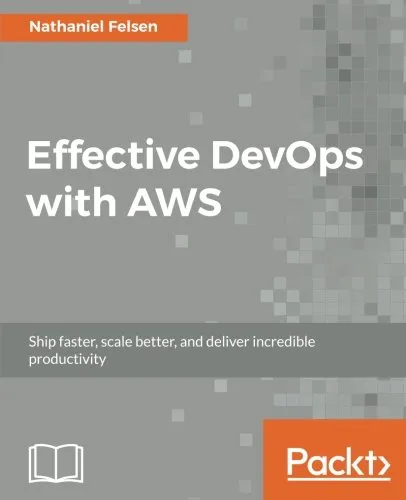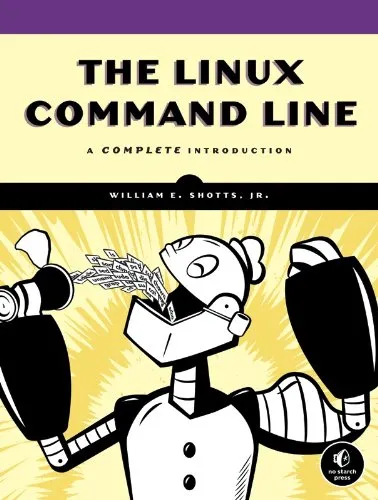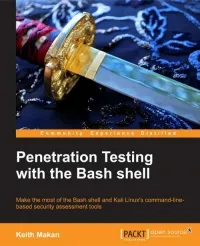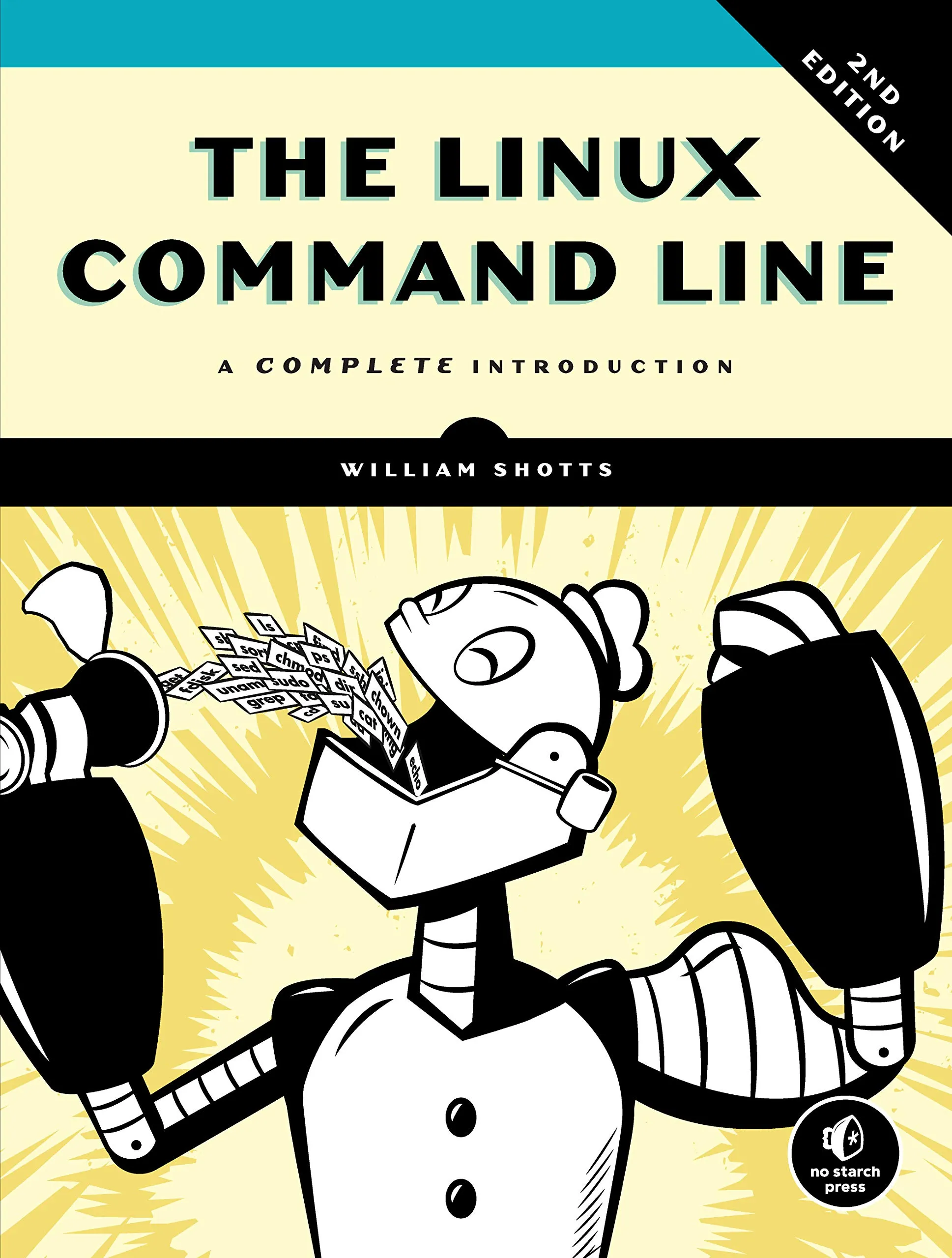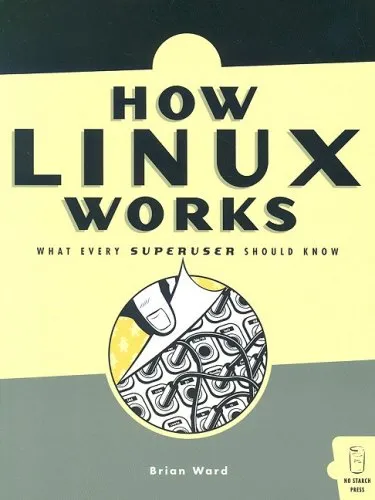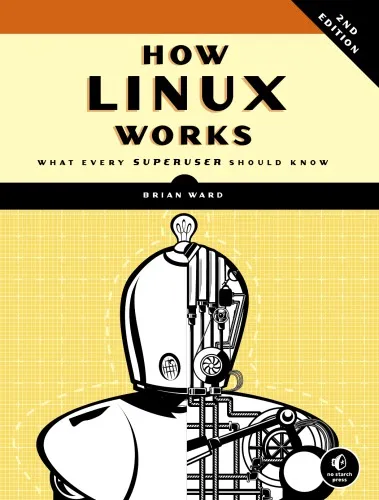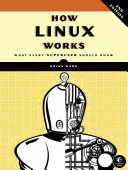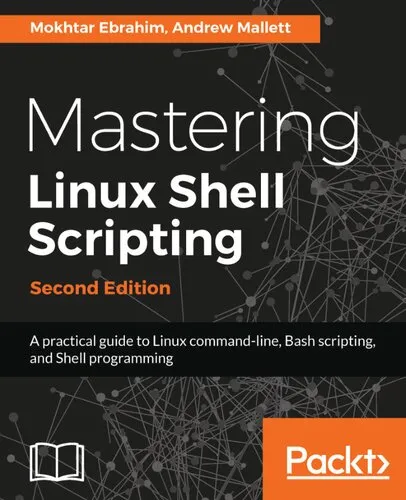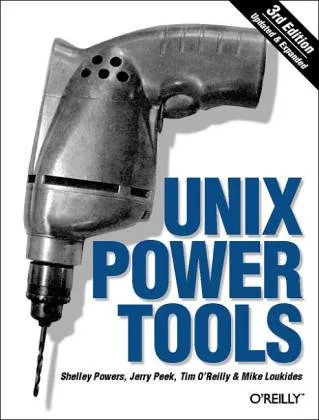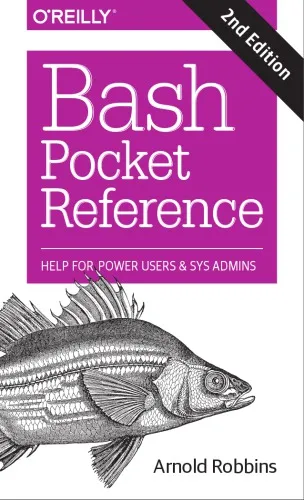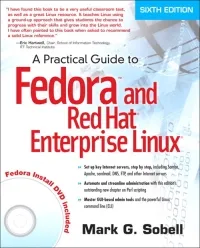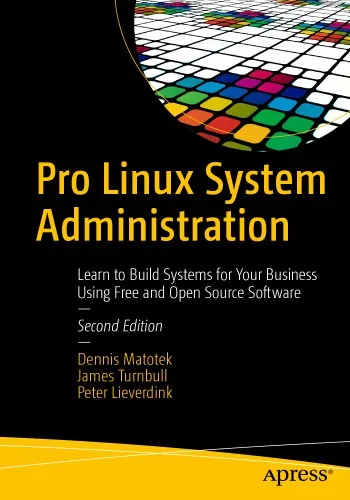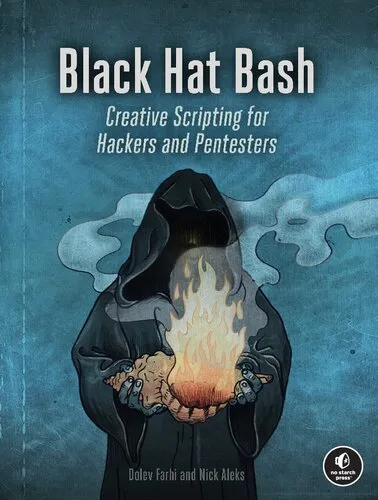Learning the Bash Shell
4.9
Reviews from our users

You Can Ask your questions from this book's AI after Login
Each download or ask from book AI costs 2 points. To earn more free points, please visit the Points Guide Page and complete some valuable actions.Related Refrences:
From the Publisher The first thing users of the Linux operating system come face to face with is the shell. "Shell" is the UNIX term for a user interface to the system -- something that lets you communicate with the computer via the keyboard and display. Bash, the Free Software Foundation's "Bourne Again Shell," is the default shell for Linux, the popular free UNIX-like operating system. It's also a replacement for the standard UNIX Bourne shell, which serves both as a user interface and as a programming language. Like the FSF's other tools, bash is more than a mere replacement: it extends the Bourne shell in many ways. New features include command line editing, key bindings, integrated programming features, command completion, control structures (especially the select construct, which enables you to create menus easily) and new ways to customize your environment. Whether you want to use bash for its user interface or its programming features you will find Learning the bash Shell a valuable guide. The book covers all of bash's features, both for interactive use and programming. If you are new to shell programming, Learning the bash Shell provides an excellent introduction, covering everything from the most basic to the most advanced features, like signal handling and command line processing. If you've been writing shell scripts for years, it offers a great way to find out what the new shell offers. The book is full of examples of shell commands and programs that are designed to be useful in your everyday life as a user, not just to illustrate the feature being explained. All of these examples are freely available to you online on the Internet. With this book you'll learn: How to install bash as your login shell The basics of interactive shell use, including UNIX file and directory structures, standard I/O, and background jobs Command line editing, history substitution, and key bindings How to customize your shell environment without programming The nuts and bolts of basic shell programming, flow control structures, command-line options and typed variables Process handling, from job control to processes, coroutines and subshells Debugging techniques, such as trace and verbose modes Techniques for implementing system-wide shell customization and features related to system security From the Back Cover Learning the bash Shell is the definitive guide to bash, the Free Software Foundation's "Bourne Again Shell". It's a freely available replacement for the popular UNIX Bourne shell. It is also the shell of choice for Linux users around the world. You'll find this guide valuable whether you're interested in bash as a user interface or for its powerful programming capabilities. It will teach you how to use bash's advanced command-line features, like command history, command-line editing, and command completion. Learning the bash Shell also introduces shell programming, a skill no UNIX or Linux user should be without. The book demonstrates what you can do with bash's programming features. You'll learn about flow control, signal handling, and command-line processing and I/O. There is also a chapter on debugging your bash programs. Finally, Learning the bash Shell shows you how to get bash, install it, configure it, and customize it. It also gives advice to system administrators managing bash for their user community.
Free Direct Download
You Can Download this book after Login
Accessing books through legal platforms and public libraries not only supports the rights of authors and publishers but also contributes to the sustainability of reading culture. Before downloading, please take a moment to consider these options.
Find this book on other platforms:
WorldCat helps you find books in libraries worldwide.
See ratings, reviews, and discussions on Goodreads.
Find and buy rare or used books on AbeBooks.
1309
بازدید4.9
امتیاز0
نظر98%
رضایتReviews:
4.9
Based on 0 users review
Questions & Answers
Ask questions about this book or help others by answering
Please login to ask a question
No questions yet. Be the first to ask!
